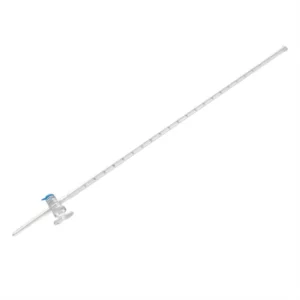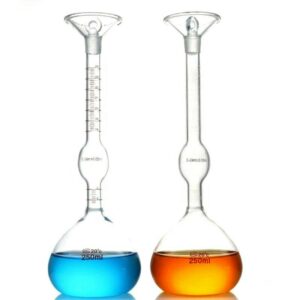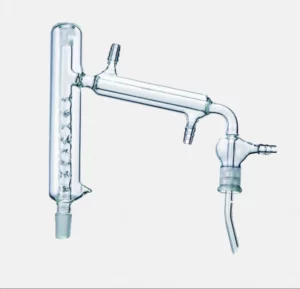Description
Introduction:
A watch glass is a circular concave piece of glass used in chemistry as a surface to evaporate a liquid, to hold solids while being weighed, for heating a small amount of substance and as a cover for a beaker. A larger watchglass may be referred to as a clockglass.
Feature:
1. Concave beaker covers (also known as watch glasses) made with quality glass. Each cover features ground edges & polished surfaces for safe handling. The 2.0mm glass thick construction resists shattering
2. Can be used for a variety of laboratory functions – ideal for covering beakers and flasks, but can also be used to hold small samples for observation under a low powered microscope, or evaporating liquids off of samples (i.e. growing seed crystals)
3. The sturdy construction and makes these covers an excellent choice for science classrooms
4. 5 different sizes: 100 mm, 90 mm, 80mm, 70mm and 60 mm which are great for various uses.
| Code | Material | Diameter | Packing | G.W(kg) |
| 1175-60mm | Glass | 60mm | 1000pcs/ctn | 14 |
| 1175-70mm | Glass | 70mm | 600pcs/ctn | 12 |
| 1175-80mm | Glass | 80mm | 600pcs/ctn | 15 |
| 1175-90mm | Glass | 90mm | 600pcs/ctn | 16 |
| 1175-100mm | Glass | 100mm | 600pcs/ctn | 22 |

Using:
One of the generic uses of a watch glass includes as a lid for beakers. In this case a watch glass is placed above the container, which makes it easier to control and alter vapour saturation conditions. Moreover, a watch glass is often used to house solids being weighed on the scale. Prior to weighing desired amount of solid, a watch glass is placed on the scale, followed by taring or zeroing the scale so that only the weight of the sample substance is obtained. Not only can a watch glass be used for observing precipitation patterns and crystals, it can also be used for drying solids.
Another technique used in chemistry laboratories to increase the drying rate is passing a gentle stream of dry air or nitrogen gas over the watch glass from an inverted funnel clamped above it.
Specifications:
There are two types, glass watch glasses and plastic watch glasses, used in the laboratory. These watch glasses are available in various sizes and widths. Watch glasses are usually thicker than any other glass or plastic labware. Glass watch glasses – This can be reused after it is sterilized in an autoclave or a laboratory oven. The glasses made provide high resistance to thermal shock, chemical resistance and withstand mechanical durability.








